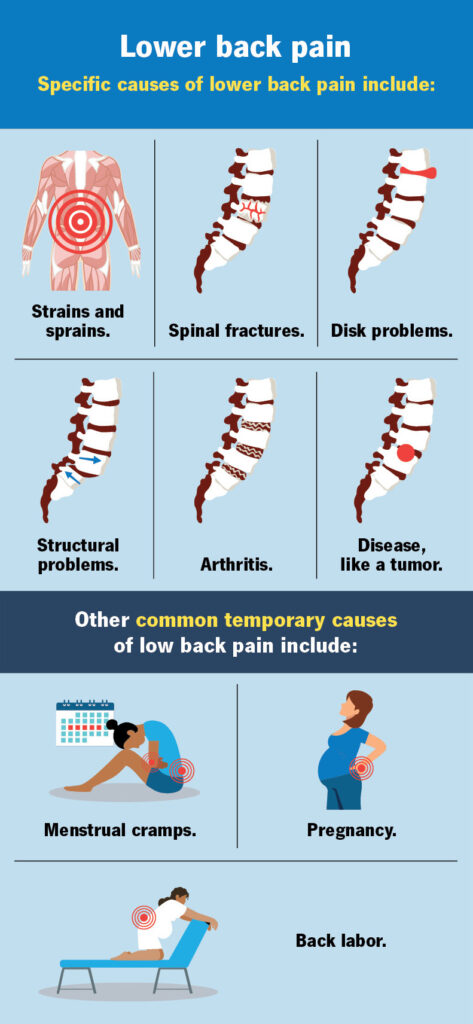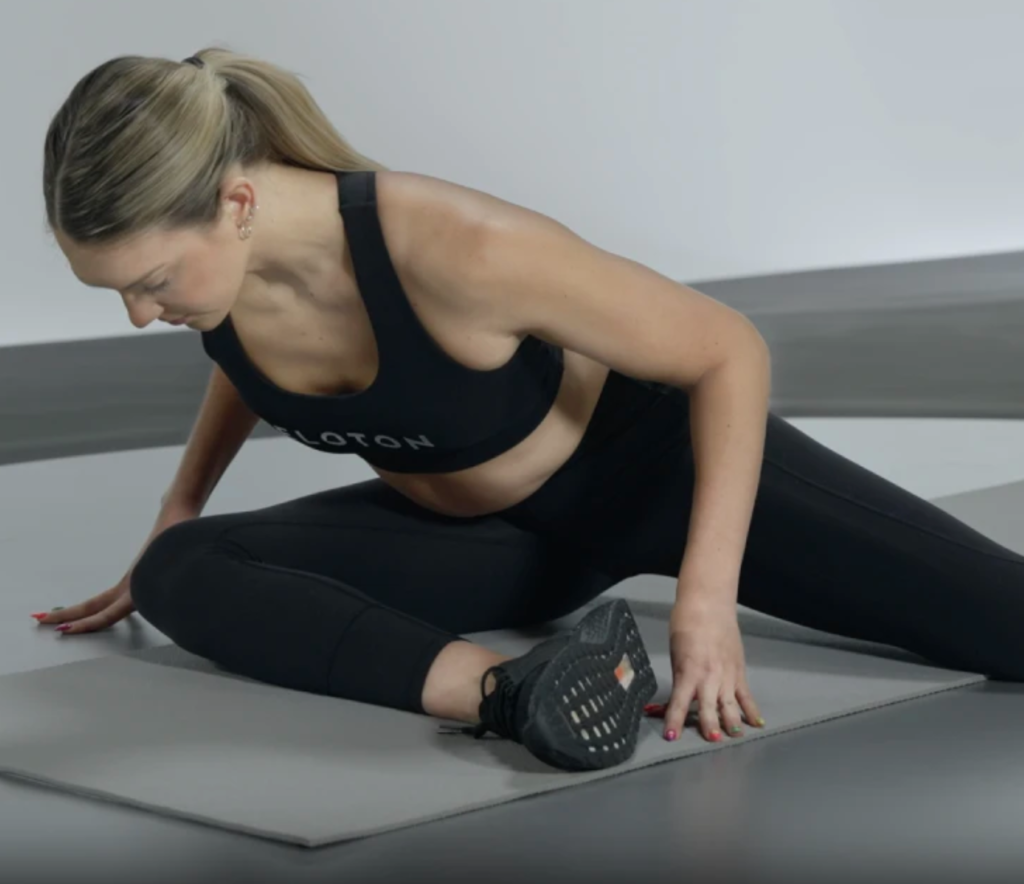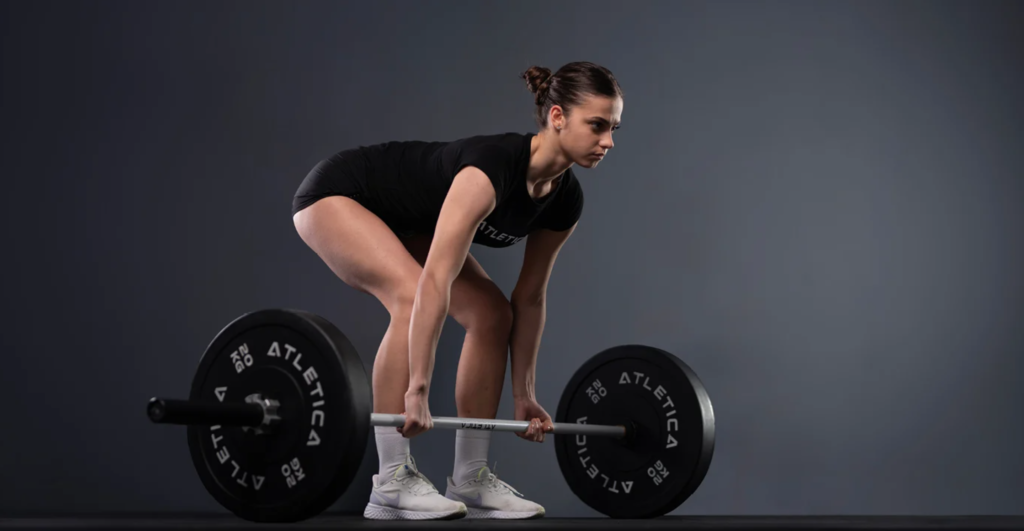Injuring your lower back is brutal. While it goes unnoticed, your lower back plays a significant role in your daily activities:
- It provides stability for the rest of your spine.
- It supports most of your body’s weight.
- It functions as the centre of your body’s balance.
- It serves as a point of attachment for many muscles and ligaments that allow you to walk, run, sit, lift and move your body in all directions.
With all these important functions, any issue with your lower back (ie. pulled muscle or injury) can lead to excruciating pain. Strains, sprains, spinal fractures, disc problems, structural issues and arthritis, any single one of them could suck the joy out of your life. For women, menstrual cramps, pregnancy and back labour (discomfort during labour) are additional causes for lower back pain.

How do I take care of this? What do I need to do to cure my lower back pain? Is it even curable?
Yes.
Prevention is the best step when it comes to any injury or disease. Unfortunately, not everyone has the privilege to go through life without injury or disease. Fear not, registered kinesiologist Chelsey Torrance has laid out the steps essential for eliminating, preventing and curing lower back pain.
1. Core Bracing
There are two types of breathing ie. Diaphragmatic breathing (belly breathing) versus Lung breathing (shoulders breathing).
Take a deep breath in. Did your shoulders move upward? This means your natural breathing mechanism is Lung breathing.
Let’s try this again. Take a deep breath in. Did your stomach expand (belly protrude) like a balloon being filled with air ? This is called Diaphragmatic breathing.
When it comes to embracing and strengthening your core, diaphragmatic breathing is essential. Strengthening your core muscles are directly correlated to strengthening your lower back muscles. By doing so, you will eliminate your lower back pain. The muscles you need to strengthen are the following:
- Rectus Abdominis
- Internal Obliques
- External Obliques
- Transversus Abdominis

2. Hip Range Motion
The stiffer your hips are, the more your lower back moves.
Your lower back doesn’t want to move. It shouldn’t want to. Being able to bend and twist is due to the muscle contraction within your lower back. This enables motion.
Exercises that help increase hip range motion are:
- Wipers
- 90 90 hip stretch
- Side plank clamshell
- Crab walk

3. Hinge Movement
Hinge movement is also known as hip hinge.
The primary muscles involved in a hinge movement are the erector spinae (lower back), gluteus maximus (largest glute muscle), hamstrings (muscle group on the back of the thighs) and the latissimus dorsi (lats; largest back muscle). Basically, all the muscles on the back of your body are primarily engaged during a hinge movement.
Exercises to help with hinge movement are:
- Wall deadlift
- Romanian deadlift
- Bulgarian deadlift
- Lunges

Stiffness, limited movement and pain in the lower back have a major impact on the quality of your life. You no longer have to struggle through this pain. By following these steps (core bracing, hip range motion, hinge movement) and performing the exercises laid out, you will not only strengthen your muscles but also live a happier, healthier and much longer life.

